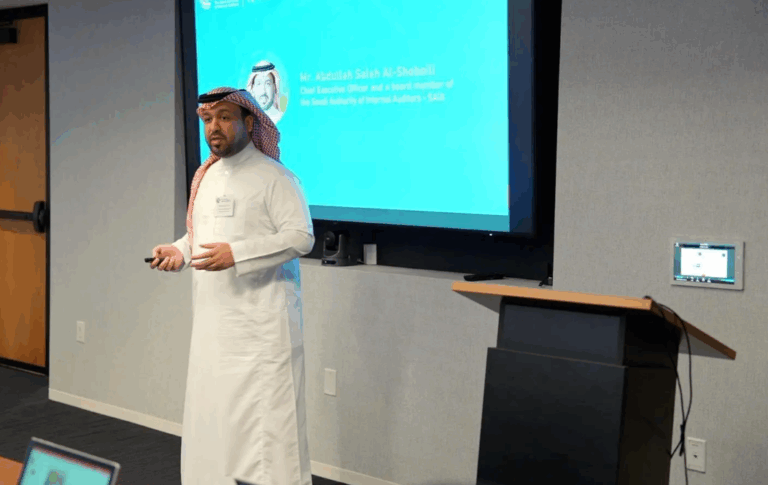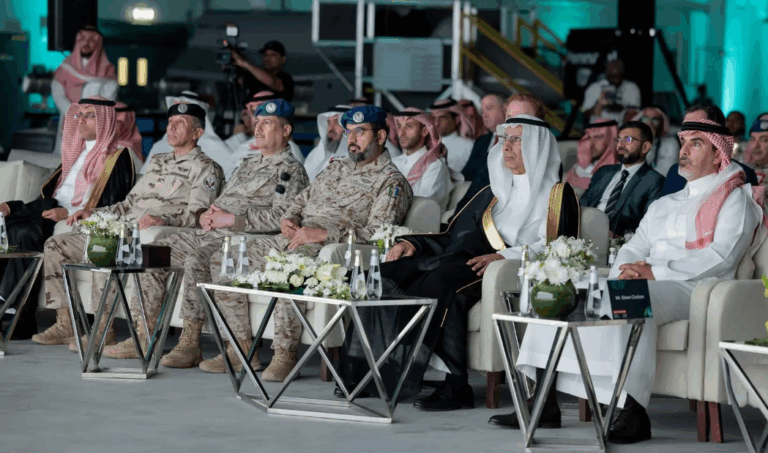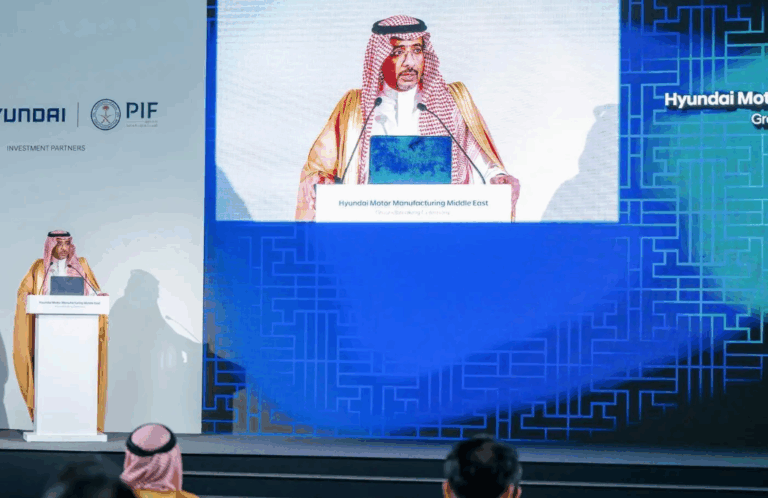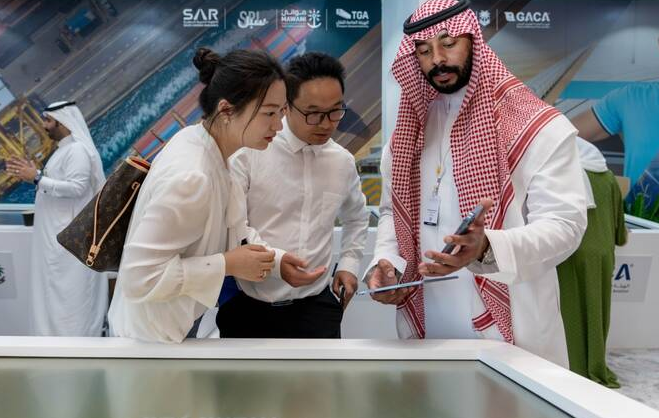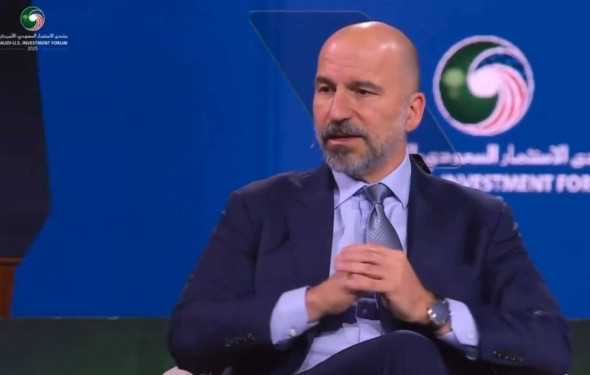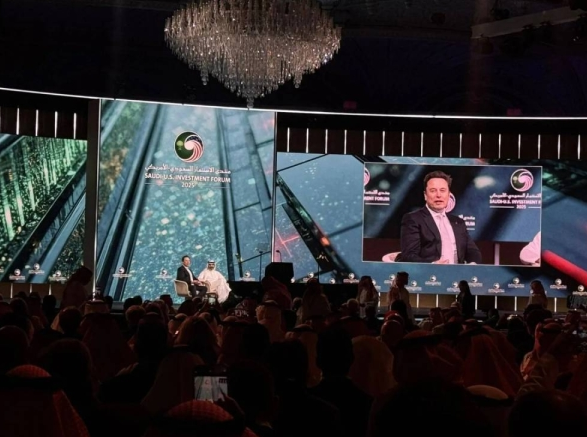**Titular:**
*Asia’s Energy Future: Pragmatic Pathways*
**Intro:**
As Asia cements its role as the global economic powerhouse, its energy priorities demand urgent reevaluation. Speaking at a Kuala Lumpur conference ahead of Eid al-Adha, energy leaders highlighted Asia’s dual challenge: balancing rapid growth with equitable energy access while navigating climate imperatives. Prime Minister Anwar Ibrahim joined calls for policies that prioritize affordability, security, and regional representation in the energy transition.
**Factbox (50w):**
– Asia’s GDP share: 46% (projected 50% by 2050).
– 2 billion Asians lack clean cooking fuels; 150M lack electricity.
– China, India driving 2M+ bpd oil demand growth in 2023.
– Aramco expands Asian investments, including $7B Korea project and China chemicals deals.
– Call for multi-speed transition, tech innovation, and inclusive financing.
**Asia’s Pivotal Role in Shaping the Global Energy Transition**
*Kuala Lumpur, Malaysia* – Against the backdrop of Eid al-Adha celebrations, global energy leaders, policymakers, and industry experts convened in Kuala Lumpur for a landmark conference. Hosted with gracious hospitality by Tan Sri Tengku Muhammad Taufik and graced by the presence of Malaysia’s Prime Minister, Dato’ Seri Anwar Ibrahim, the event underscored Asia’s critical role in redefining the global energy transition narrative.
—
### **The Global Energy Landscape: Stability Amidst Complexity**
The oil market remains resilient despite geopolitical tensions, such as the ongoing conflict in Ukraine. While OECD nations grapple with recession risks, **developing economies like China and India are driving unprecedented oil demand growth**—over 2 million barrels per day in 2023. Even amid China’s economic headwinds, sectors like transport and petrochemicals show promising momentum.
**Key Insight**:
> *“Supply-demand balances will tighten as the global economy recovers, reinforcing optimism for market stability through 2023.”*
—
### **Asia’s Economic Dominance and Energy Imperatives**
Asia now accounts for **46% of global GDP**, a figure projected to reach **50% by 2050**. This growth is fueled by soaring living standards: GDP per capita has surged from $1,000 in 1980 to over $18,000 today. By mid-century, three of the world’s top five economies will likely be Asian.
**Yet, Energy Inequity Persists**:
– **2 billion people** lack access to clean cooking fuels.
– **150 million** live without electricity; **350 million** have limited access.
– **1 billion** endure frequent power outages.
These disparities highlight the urgent need for **reliable, affordable energy** to sustain Asia’s rising middle class and eradicate poverty.
—
### **The Flaws in Current Transition Policies**
While global efforts focus on renewables, **one-size-fits-all transition policies risk sidelining developing nations**. For example:
– **Electric vehicles and renewables** lag behind rising energy consumption.
– **Green hydrogen** costs $200–400/barrel (vs. oil at $75).
– Coal remains the **world’s largest electricity source**.
**Critical Gap**:
> *“Energy security and affordability are being sacrificed in the rush to decarbonize, jeopardizing Asia’s development.”*
Underinvestment in oil and gas has exacerbated energy crises, as seen post-Ukraine. A pragmatic, inclusive approach is vital to balance sustainability with economic realities.
—
### **A Call for a Multi-Speed, Inclusive Transition**
Asia’s diversity demands tailored solutions:
1. **Parallel Energy Systems**: Expand alternatives while optimizing traditional fuels.
2. **Financial Support**: Developed nations must fund climate adaptation in the Global South.
3. **Technology-Driven Decarbonization**: Scale CCS, circular carbon economies, and e-fuels.
**Aramco’s Strategic Initiatives**:
– **Upstream Expansion**: Boosting oil production while reducing upstream carbon intensity.
– **Downstream Growth**: Multi-billion-dollar investments in South Korea (S-Oil) and China.
– **Low-Carbon Solutions**: Hydrogen, ammonia, and methanol to support Asia’s net-zero goals.
—
### **Malaysia and ASEAN: A Hub for Innovation**
Saudi Arabia’s historic capital expenditure program includes deepening ties with ASEAN. Projects like **PrefChem’s Johor venture with Petronas** reflect confidence in Malaysia’s potential to lead in energy innovation and sustainable materials.
—
### **Conclusion: Asia’s Energy Future Demands a New Narrative**
Asia’s voice must align with its economic clout in global energy debates. A transition that prioritizes **security, affordability, and equity**—supported by partnerships and technology—will unlock the region’s full potential.
> *“By embracing a pragmatic, multi-speed transition, we can deliver an energy future worthy of Asia’s aspirations.”*
**Eid Mubarak and Selamat Hari Raya Haji** – As we celebrate unity and renewal, let us commit to an energy transition that leaves no nation behind.
—
*For more insights on global energy trends and Asia’s leadership, subscribe to our newsletter or follow us on social media.*
**FAQs: Asia’s Energy Transition & Economic Outlook**
1. **Why is Asia projected to dominate the global economy by 2050?**
Asia accounts for 46% of global GDP, driven by rapid growth in emerging markets like China and India, with projections reaching 50% by 2050 due to industrialization and rising middle-class populations.
2. **How does Asia’s energy demand differ from Western economies?**
Developing Asian nations face dual challenges: ensuring energy access for 350 million people while transitioning sustainably, contrasting with OECD nations focused on replacing existing infrastructure with renewables.
3. **What risks do current energy transition policies pose to Asia?**
One-size-fits-all policies threaten Asia’s economic competitiveness, risking energy affordability and security for nations still reliant on fossil fuels to lift populations out of poverty.
4. **Why is oil demand growing despite global decarbonization efforts?**
Asia’s transport and petrochemical sectors are expanding, with China and India driving over 2 million barrels/day growth in 2023, offsetting declines in OECD regions.
5. **How does Aramco plan to support Asia’s energy transition?**
Aramco is boosting upstream investments, advancing CCS and hydrogen technologies, and expanding petrochemical projects like Korea’s $7B S-Oil facility to balance energy security with emission reductions.
6. **What barriers prevent clean energy access in underdeveloped Asia?**
Nearly 2 billion lack clean cooking fuels, 150 million lack electricity, and 1 billion face power shortages due to underinvestment and infrastructure gaps in rural regions.
7. **Why is green hydrogen not yet viable for mass adoption?**
Green hydrogen costs $200–400/barrel energy equivalent, far exceeding oil’s $75/barrel, requiring technological breakthroughs and subsidies to compete with conventional fuels.
8. **How does Asia’s per capita GDP growth impact energy needs?**
Asian GDP per capita surged from $1,000 (1980) to $18,000 today, increasing demand for reliable energy to sustain urbanization and industrial growth.
9. **What role do petrochemicals play in Asia’s energy strategy?**
Petrochemicals are critical for plastics, textiles, and advanced materials, with Aramco and partners investing billions in China and Malaysia to meet rising industrial demand.
10. **Why has global oil/gas investment declined despite supply risks?**
Transition narratives and policies have deterred funding, exacerbating post-Ukraine energy crises as renewable capacity lags behind demand growth in developing nations.
11. **How can a “multi-speed” transition benefit Asia?**
Tailored policies would let advanced economies like Japan adopt renewables faster, while developing nations use transitional fuels like LNG and CCS to ensure equitable growth.
12. **What financial support do Asian nations need for climate goals?**
Developing countries require grants, low-interest loans, and technology transfers to fund renewables, grid upgrades, and adaptation measures without sacrificing economic development.
13. **How is Aramco reducing upstream carbon intensity?**
By deploying methane leak detection, flaring reduction, and energy efficiency programs, Aramco aims to maintain its low upstream carbon intensity of 10.6 kg CO2e/barrel.
14. **Why does coal remain Asia’s primary electricity source?**
Coal is affordable and abundant, providing baseload power for industries, though countries like India are balancing coal expansion with solar/wind to meet climate pledges.
15. **What lessons does Asia offer for global energy transitions?**
Asia’s diversity highlights the need for inclusive policies prioritizing energy access, affordability, and sustainability, rejecting rigid timelines in favor of pragmatic, technology-driven solutions.
**🔍 CTA (Llamado a la Acción):**
*”Hoy, instamos a gobiernos, líderes industriales y comunidades a unirse en una visión compartida: priorizar políticas energéticas pragmáticas que equilibren seguridad, asequibilidad y sostenibilidad. Invertamos en innovación, fortalezcamos alianzas estratégicas y aseguremos que las voces de Asia sean escuchadas en los foros globales. Solo así lograremos una transición justa e inclusiva, donde ningún país quede atrás. ¿Están listos para ser parte de esta transformación?”*
—
**🎯 Conclusión:**
Asia no es solo el futuro económico del mundo, sino el corazón palpitante de la transición energética. Su diversidad, desde economías emergentes hasta comunidades que luchan por acceso básico a la energía, exige soluciones adaptativas, no dogmas. Debemos rechazar enfoques únicos y abrazar un modelo multivelocidad que respete realidades locales mientras impulsamos tecnologías limpias y colaboración global. La meta es clara: un futuro donde energía confiable y sostenible impulse prosperidad para todos. Este es el momento de Asia, y su éxito será el éxito del mundo.
—
**🙏 Agradecimiento:**
*”Nuestro más profundo agradecimiento al Honorable Dato’ Seri Anwar Ibrahim por su liderazgo inspirador, y a Tan Sri Tengku Muhammad Taufik por hacer posible este diálogo crucial. Reconozcamos también el arduo trabajo de cada uno de ustedes, líderes y visionarios aquí presentes, comprometidos con un mañana energético más brillante. En este Eid al-Adha, que simboliza unidad y sacrificio, les deseamos bendiciones, sabiduría y valor para seguir construyendo puentes hacia un futuro sostenible. Eid Mubarak, Selamat Hari Raya Haji, y gracias por ser parte de este viaje transformador.”*
—
*Nota: El tono combina respeto cultural, urgencia estratégica y esperanza, alineado con el discurso original y su contexto solemne.*

